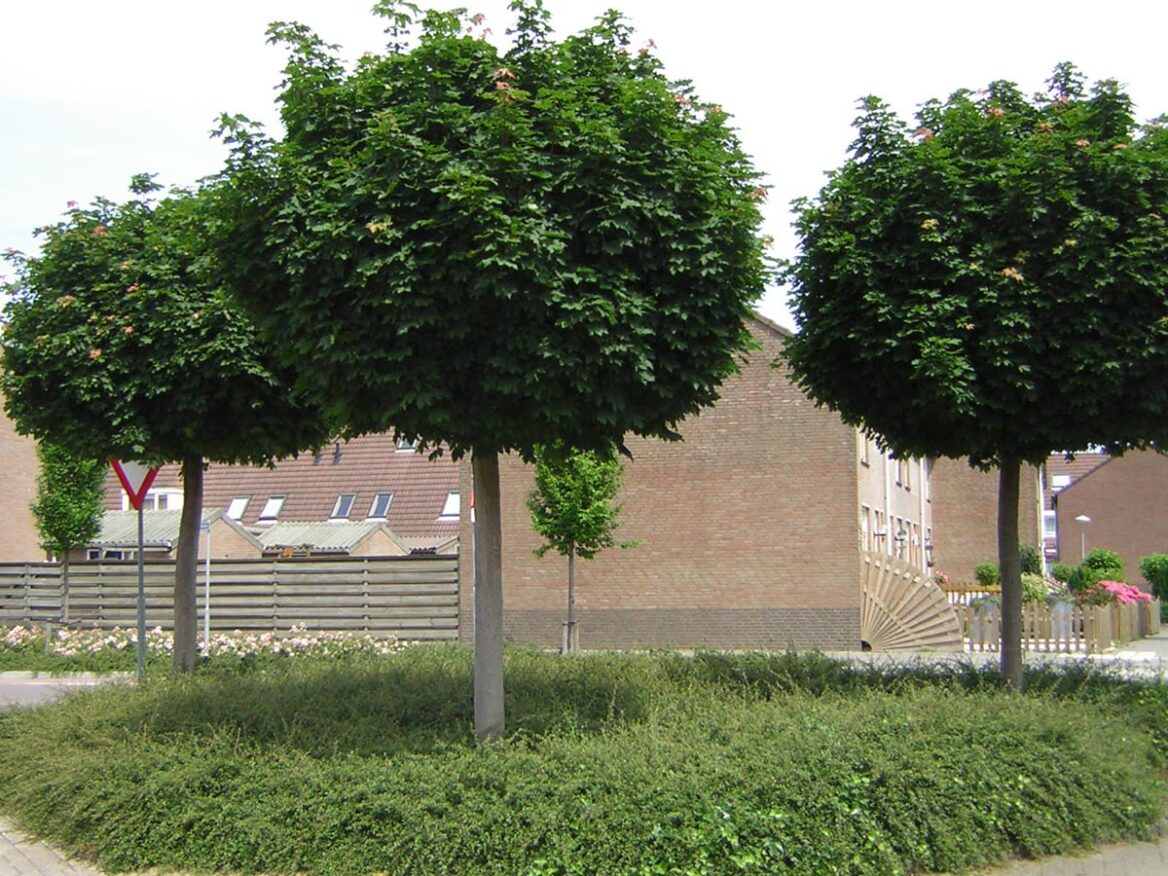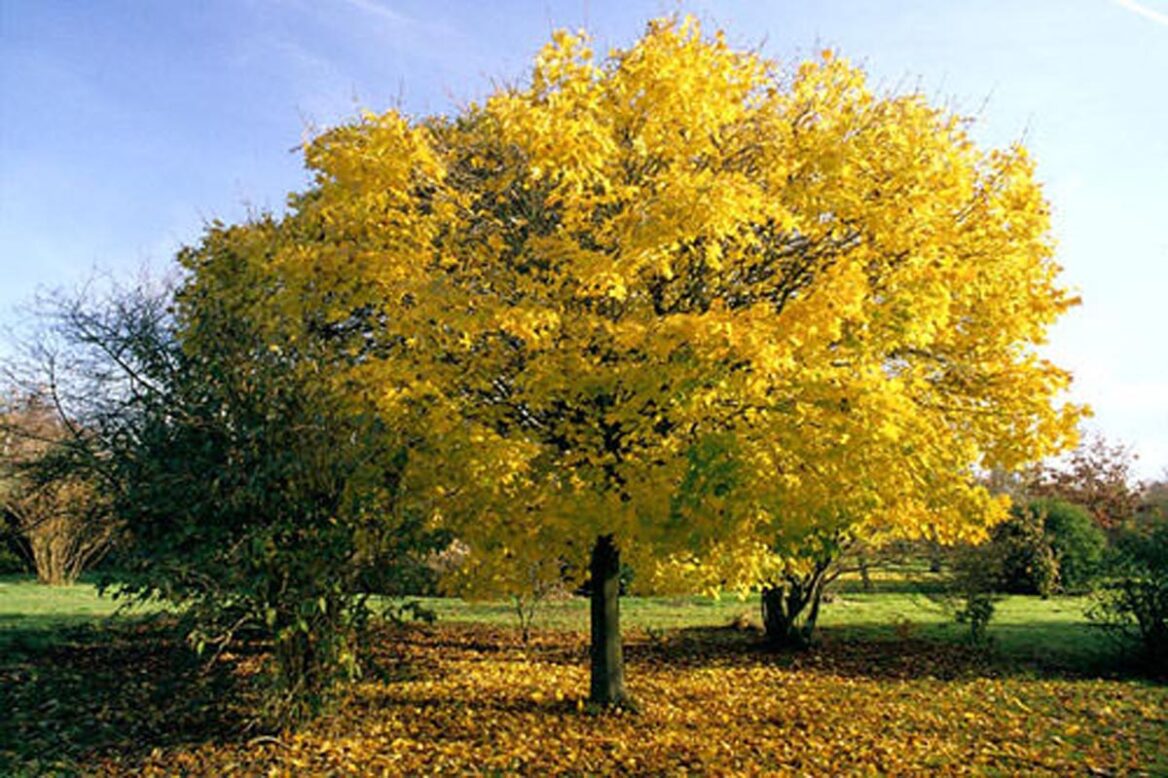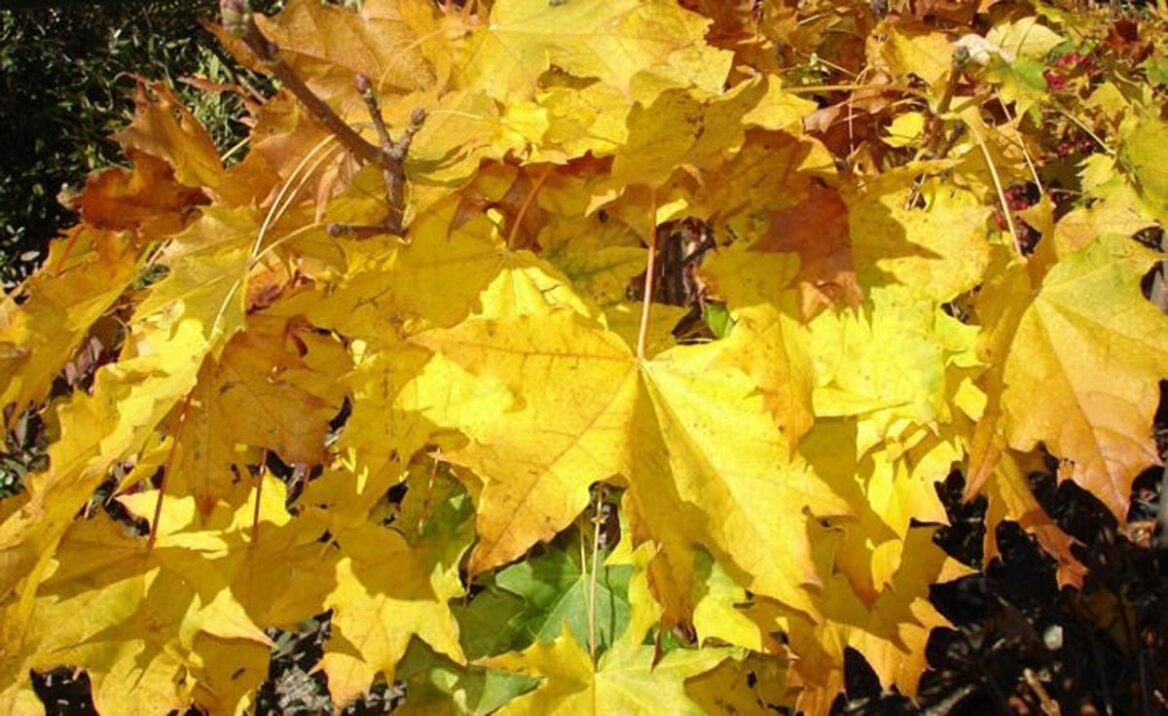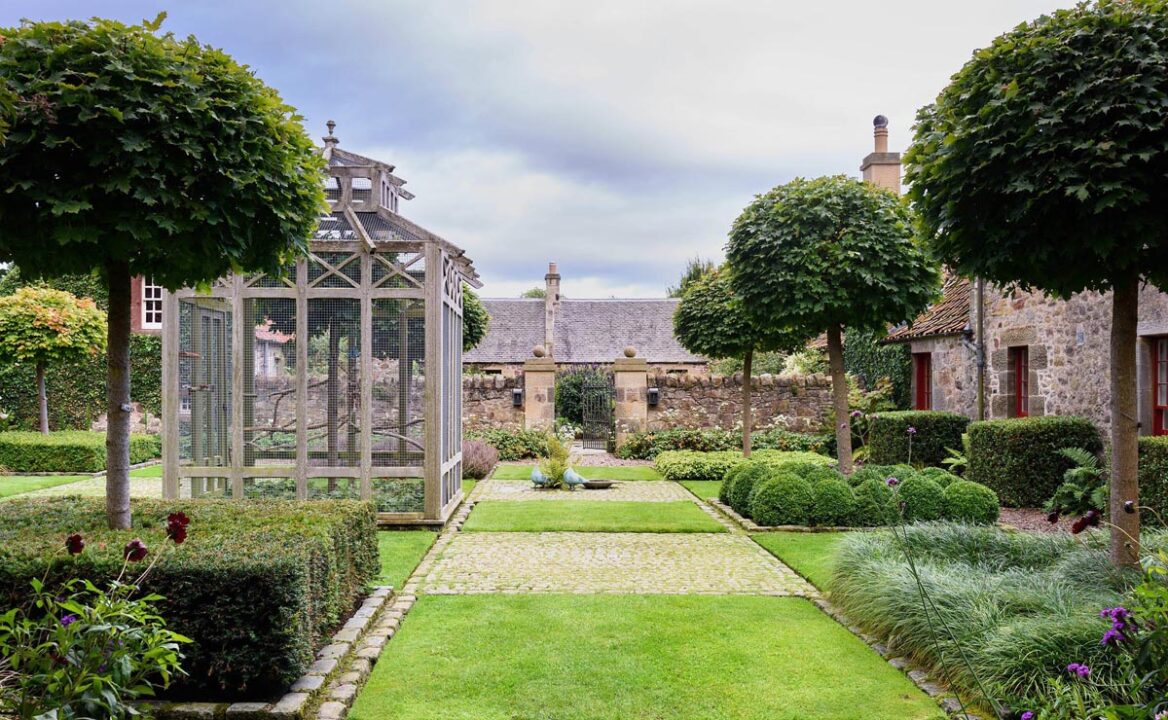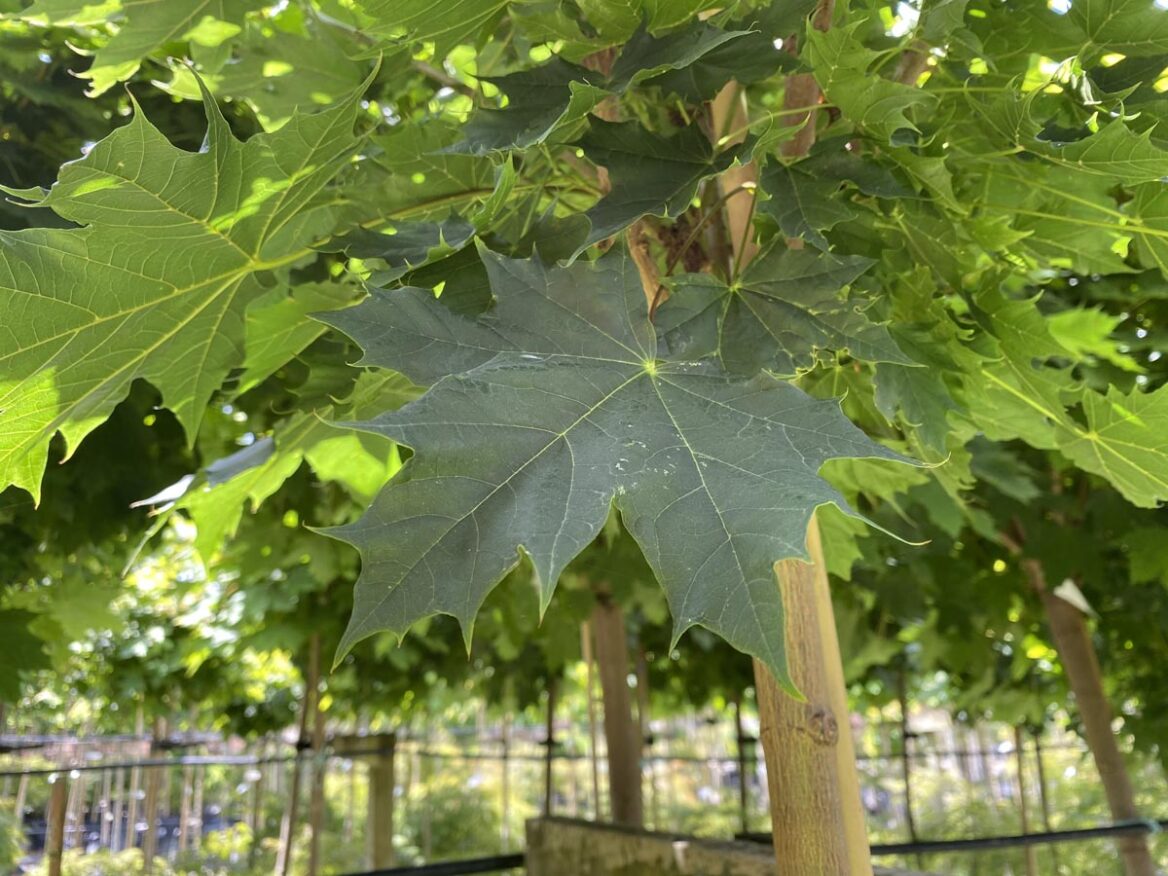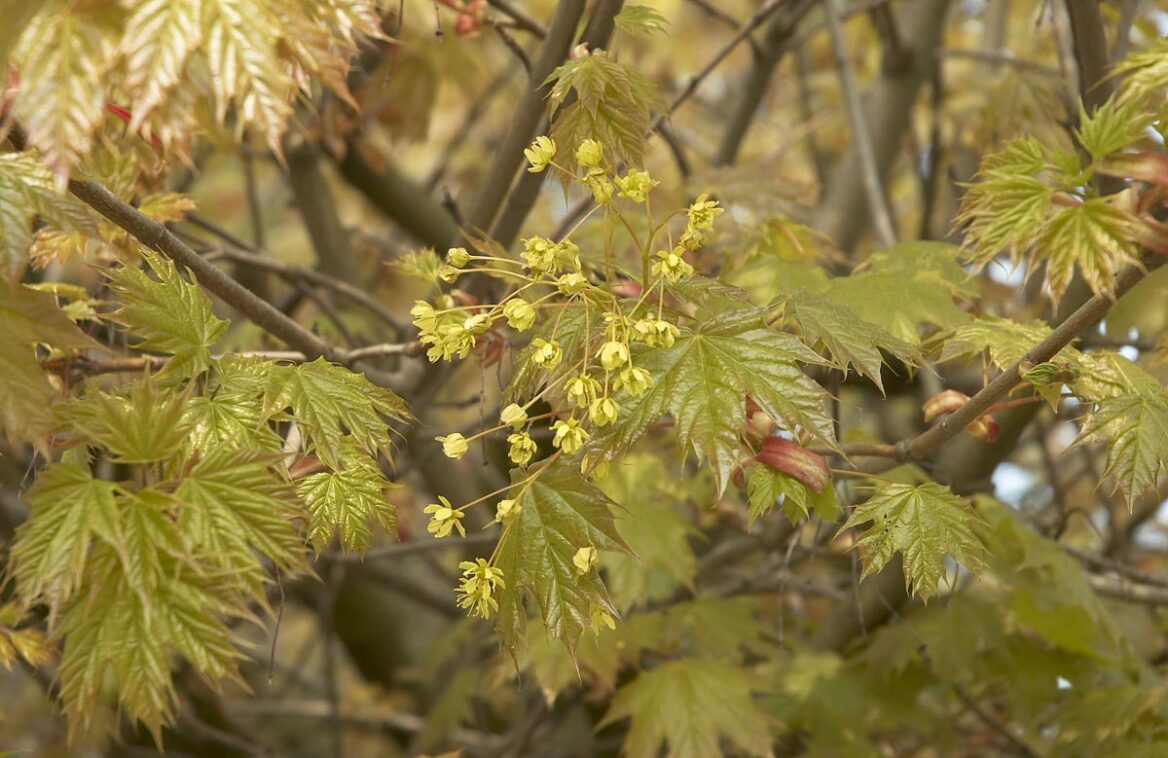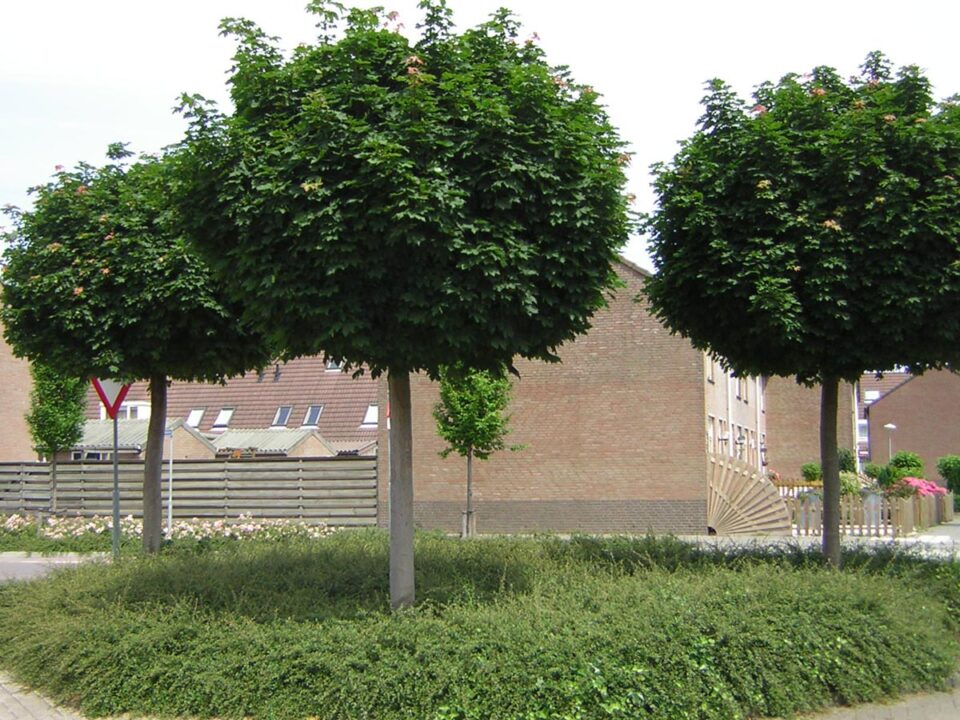Acer platanoides ‘Globosum’
Norway Maple
Acer platanoides ‘Globosum’ features green leaves that transform into a stunning yellow or orange shade in autumn. It has a dense growth habit and forms a rounded globe shape, making it a great choice for courtyards or plazas. Acer platanoides ‘Globosum’ is easy to transplant and can adapt to both damp and well-drained soil, as well as dry sites that encounter occasional drought and wet areas that experience sporadic flooding. Acer platanoides is deciduous and native to eastern and central Europe and western Asia. Learn more about Acer platanoides. Acer platanoides ‘Globosum’ was first listed in the 1873 catalogue of Louis van Houtte’s nursery which he established in 1839 at Gentbrugge near Ghent, Belgium and was recorded in North America by 1896.
Other common name(s):
Synonyms: Acer platanoides 'Compactum', Acer platanoides 'Globe'
$107.12 – $390.00
Deciduous
Height: 4.0m
Width:
3.0m
Estimated 10 year height and width
Acer platanoides ‘Globosum’ stock information
Full Stocklist| Grade | Height | Standard | Available | I/P | Qty / Price |
|---|
